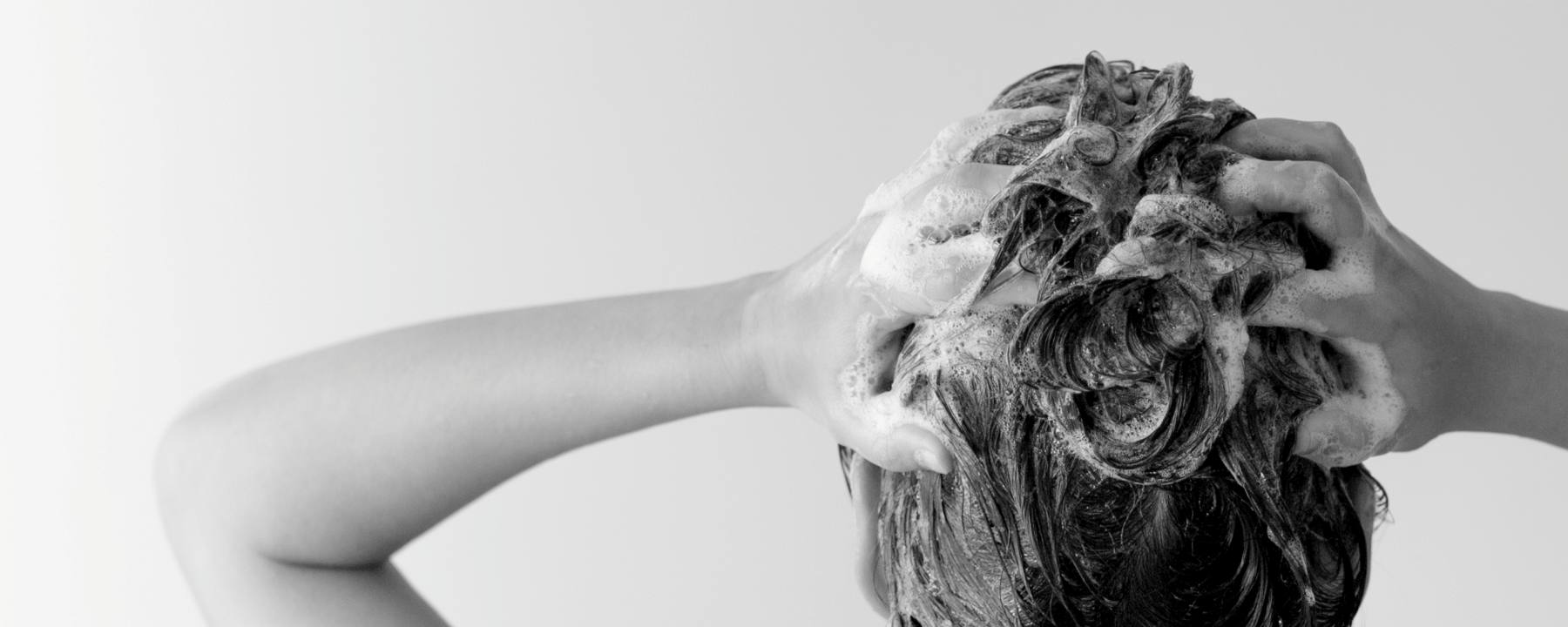
Hair Care & Co.
Mathilda Harper – hair care pioneer
A servant girl from Canada had a vision and lived her dream. Through her vision, she changed an entire industry, broke down social barriers and redefined beauty. This is the story of Martha Matilda Harper; a story that has almost been forgotten. It is the story of an American dream, of beauty and wellness.
Even as a child, Martha Matilda Harper, born on September 10, 1857 in Ontario, Canada, had to work as a domestic servant. A more privileged lifestyle with prosperity and education seemed to be way out of reach. And yet Harper managed to find a way out. Even though hardly anyone knows her name today, she still left her mark.
One of her last employers helped her do this. Harper worked in the home of a doctor who, among other things, was interested in the subject of hair, and apparently developed a special tonic to promote hair growth. Harper was given the formula for this tonic on her way to Rochester, where her own story really started to take off.
By 1888 at the latest, the servant girl Harper had become the businesswoman Martha Matilda Harper, an expert in beauty and wellness. She had saved money and worked on the production of her hair tonic. In 1888, she finally opened her first Harper shop, a hair salon serving high society. Until then, women had done their own hair at home, or had enough money to pay hairdressers to call at their homes. Harper had a different idea. She brought the customers to her own store and was thinking on a much larger scale. She wanted to offer more than “simply” cutting hair.
Profit was not everything
Harper, fueled by a willingness to work hard, ambition and self-confidence, didn't hold with putting chemicals into cosmetic care products, and instead relied mainly on natural ingredients in her products. She set a trend that would experience a huge upswing more than 100 years later. This was the first mark that Harper left on the cosmetics industry. Even though she was all businesswoman, she refused to use synthetic dyes or chemical permanent waves, for example, despite the fact that using them promised much higher profits.
Harper didn't think only of her own interests, for all her success, and above all, she thought big. Her brand quickly expanded and one of the first franchise companies in the world was born. It grew to the point where there were over 500 Harper shops worldwide. One thing really mattered to her: The first 100 salons were entrusted to poor women who came from the same class as she did herself. Everyone ought to have the chance to live a better life, to succeed and be free to define their own path. Although these women were not left to get on with it on their own. Harper ensured that her agents, as she called her women, were trained and educated. This attempt to break through social levels and to offer equal opportunities for all was certainly Harper’s next mark in history.
The Harper method also included innovations and inventions that everyone now knows about, and that everyone has certainly benefited from at some point. The next time you lie back and relax at your hairdresser's in a reclining chair and place your neck into the curve in the washbasin, remember this little Canadian servant girl. She is indeed believed to be the inventor of this reclining/sitting washing arrangement in hair salons.
Her own hair as an advertising message
Despite her strong focus on hair and hair care, Harper never lost sight of the feel-good approach and the power of inner beauty. Health and wellness were important factors in her businesses. Customers should feel cared for and comfortable. Head, face and shoulder massages were part of her wellness program. Evening appointments were also offered, so that treatments could be received without time pressure. And of course, childcare was also included. All-inclusive beauty was basically the standard for Harper and another mark she left behind.
Her own looks were a part of her credibility that we should not underestimate. She carried the best advertising message on her own head. The length of Harper’s hair was breathtaking, and it served as the best visual example of her innovative hair care.
And yet the story of this servant girl from Canada seems to have been forgotten. Martha Matilda Harper is still part of our lives today. On your next visit to a hair and wellness salon, spare a thought for Martha Matilda Harper. She wanted us to feel good about beauty.
For anyone who would like to learn more about the pioneer of hair care, Jane R. Plitt has written a biography about this impressive woman and published it under the title “Martha Matilda Harper and the American Dream: How One Woman Changed the Face of Modern Business”.
